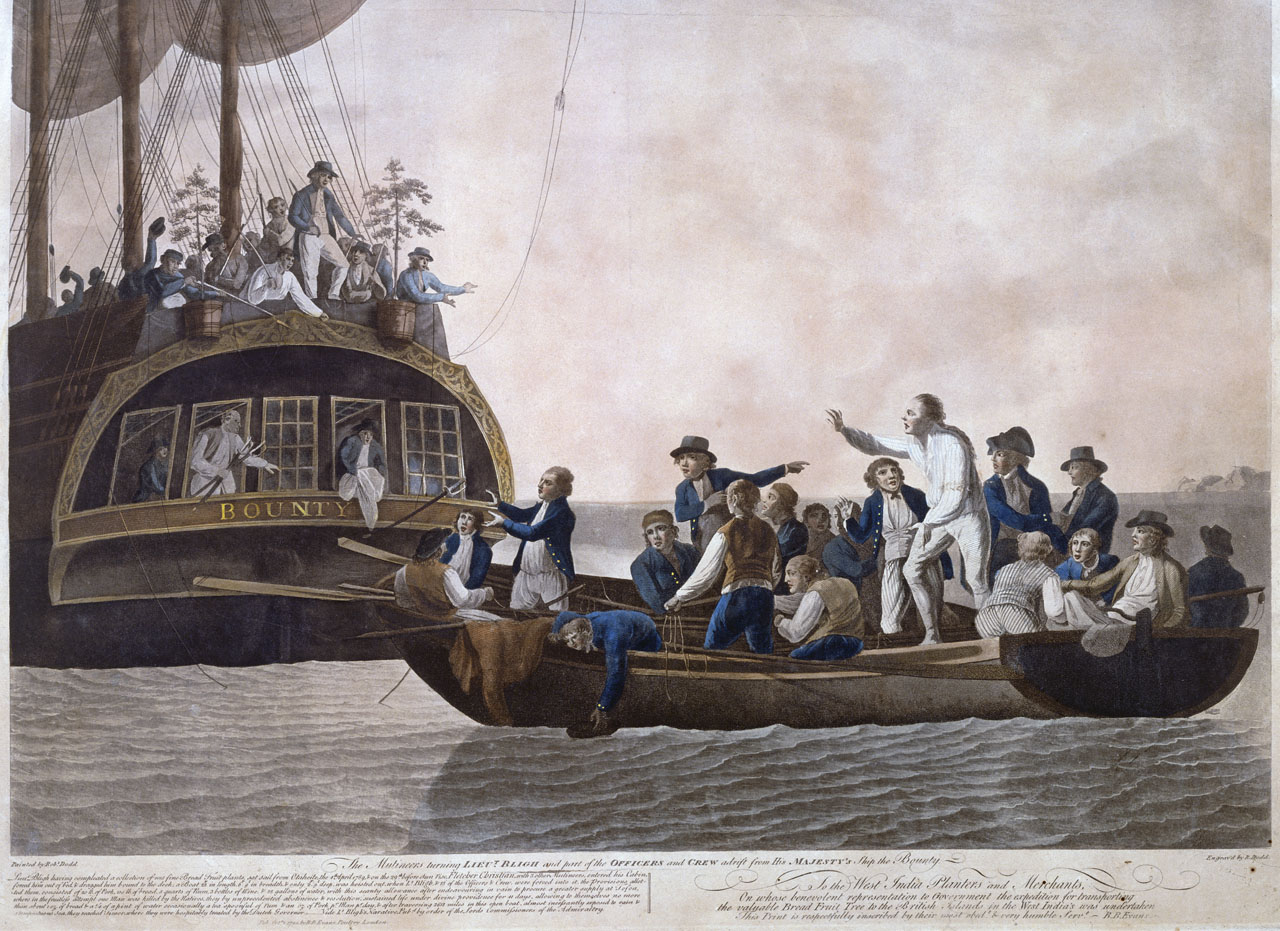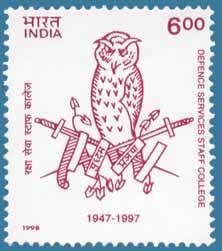|
Cecil Waidyaratne
General (Sri Lanka), General L. D. E. Cecil Waidyaratne, Vishista Seva Vibhushanaya, VSV, Uttama Seva Padakkama, USP (16 May 1938 – 18 December 2001) was a Sri Lanka Army general. He was 12th Commander of the Army (Sri Lanka), Commander of the Sri Lankan Army and a former Sri Lankan Ambassador to Thailand. Education Educated at St. Benedict's College, Colombo, where he played for the college cricket team. Military career Early career Waidyaratne joined the Ceylon Army on 26 June 1959, as a cadet officer and received his officer training at the Royal Military Academy, Sandhurst. On 28 July 1961, he was commissioned as a second lieutenant in the 1st Reconnaissance Regiment, Ceylon Armoured Corps. He served with the 1st Reconnaissance Regiment during the 1971 JVP insurrection and in 1973, he attended the Defence Services Staff College in Wellington Cantonment, Wellington gaining his psc (British Army), psc qualification. Field command On January 1, 1980, he was promoted to the ... [...More Info...] [...Related Items...] OR: [Wikipedia] [Google] [Baidu] |
General (Sri Lanka)
General (abbreviated as Gen.) is the highest attainable and full general rank of the Sri Lankan Army and was created as a direct equivalent of the British military rank of general; it is also considered a four-star rank. The rank of full general is not always given; this rank is held by a Chief of the Defence Staff (if the chief is appointed from the army and not from the navy or the air force) or is mostly awarded as a ceremonial rank to the Commander of the Army on his day of retirement. General is a higher rank than lieutenant general, but is lower than field marshal. General is the equivalent of Admiral in the Sri Lanka Navy and Air Chief Marshal in the Sri Lanka Air Force. History When the Ceylon Army was formed the rank of general was the highest rank defined under the Army Act of 1949. Since the formation the British Army officer heading the army held the rank of brigadier and the first Ceylonese officer to command the army, Anton Muttukumaru was promoted to the ra ... [...More Info...] [...Related Items...] OR: [Wikipedia] [Google] [Baidu] |
Thailand
Thailand, officially the Kingdom of Thailand and historically known as Siam (the official name until 1939), is a country in Southeast Asia on the Mainland Southeast Asia, Indochinese Peninsula. With a population of almost 66 million, it spans . Thailand Template:Borders of Thailand, is bordered to the northwest by Myanmar, to the northeast and east by Laos, to the southeast by Cambodia, to the south by the Gulf of Thailand and Malaysia, and to the southwest by the Andaman Sea; it also shares maritime borders with Vietnam to the southeast and Indonesia and India to the southwest. Bangkok is the state capital and List of municipalities in Thailand#Largest cities by urban population, largest city. Tai peoples, Thai peoples migrated from southwestern China to mainland Southeast Asia from the 6th to 11th centuries. Greater India, Indianised kingdoms such as the Mon kingdoms, Mon, Khmer Empire, and Monarchies of Malaysia, Malay states ruled the region, competing with Thai states s ... [...More Info...] [...Related Items...] OR: [Wikipedia] [Google] [Baidu] |
Mutiny
Mutiny is a revolt among a group of people (typically of a military or a crew) to oppose, change, or remove superiors or their orders. The term is commonly used for insubordination by members of the military against an officer or superior, but it can also sometimes mean any type of rebellion against any force. Mutiny does not necessarily need to refer to a military force and can describe a political, economic, or power structure in which subordinates defy superiors. During the Age of Discovery, mutiny particularly meant open rebellion against a ship's captain. This occurred, for example, during Ferdinand Magellan's journeys around the world, resulting in the killing of one mutineer, the execution of another, and the marooning of others; on Henry Hudson's '' Discovery'', resulting in Hudson and others being set adrift in a boat; and the famous mutiny on the ''Bounty''. Mutiny is widely considered a serious crime, punishable by imprisonment, penal labour or death. ... [...More Info...] [...Related Items...] OR: [Wikipedia] [Google] [Baidu] |
Sri Lanka Sinha Regiment
The Sri Lanka Sinha Regiment (SLSR) ( Sinhala: ශ්රී ලංකා සිංහ රෙජිමේන්තුව ''Śrī Laṃkā Sinha Rejimēnthuva'') is an infantry regiment of the Sri Lanka Army; it is the second oldest infantry regiment in the army. History Sri Lanka Sinha Regiment was the first rifle regiment of the Sri Lanka Army and was formed on 1 October 1956 at the Imperial camp at Diyatalawa. The first battalion primarily consisted of 60 officers and other ranks from the Ceylon Light Infantry with Lt Col R. D. Jayathilaka MBE as the first commanding officer. The D company of the volunteer Ceylon Light Infantry was transformed into the Rajarata Rifles under the leadership of Lt Col (later Colonel) S.D. Ratwatte, and went on to become the 2nd Volunteer Battalion of the Sinha Regiment on 1 October 1956. On 1 October 1969 the 3rd Volunteer Battalion of the Sinha Regiment was formed at Hill School in Nuwara Eliya. The regiment first saw action during the ... [...More Info...] [...Related Items...] OR: [Wikipedia] [Google] [Baidu] |
Sri Lanka Electrical And Mechanical Engineers
The Sri Lanka Electrical and Mechanical Engineers (SLEME) ( ''Shri Lanka Viduli Ha Yanthrika Injineru Rejimentuwa'') is a Combat Support corps of the Sri Lanka Army. It is made up of six regular regiments and one volunteer (reserve) regiment. Regiment Center located at Kew Road, Slave Island, Colombo. The present strength of the corps is 200 officers and 5763 other ranks. Role The role of the Sri Lanka Electrical and Mechanical Engineers (SLEME) is to repair and maintain all electrical, mechanical biomedical, and optical equipment in the SL Army, except for engineer plant and signal equipment. Repair and recovery teams are employed in the field to give repair and recovery support to operational commitments. In addition to its classic role, SLEME is tasked to function essential services such as electricity (power generation), water supply drainage, and railways during times of workers unrest and strikes. There are three base workshops at Udawalawe, Katubedda, and Colombo for base ... [...More Info...] [...Related Items...] OR: [Wikipedia] [Google] [Baidu] |
Commanding Officer
The commanding officer (CO) or commander, or sometimes, if the incumbent is a general officer, commanding general (CG), is the officer in command of a military unit. The commanding officer has ultimate authority over the unit, and is usually given wide latitude to run the unit as they see fit, within the bounds of military law. In this respect, commanding officers have significant responsibilities (for example, the use of force, finances, equipment, the Geneva Conventions), duties (to higher authority, mission effectiveness, duty of care to personnel), and powers (for example, discipline and punishment of personnel within certain limits of military law). In some countries, commanding officers may be of any commissioned rank. Usually, there are more officers than command positions available, and time spent in command is generally a key aspect of promotion, so the role of commanding officer is highly valued. The commanding officer is often assisted by an executive officer (XO) or s ... [...More Info...] [...Related Items...] OR: [Wikipedia] [Google] [Baidu] |
Psc (British Army)
psc is a post-nominal for ''Post Staff College'' (formally ''Passed Staff College'') in the Commonwealth militaries of Bangladesh, India, New Zealand, Pakistan, Sri Lanka and the United Kingdom. It indicates that an officer has undertaken the staff officer course at a staff college. United Kingdom The practice originated in the British Army where the initials ''psc'' appeared in the service lists denoting that the officer had attended the Staff College, Camberley. Royal Navy officers who attended the staff course at Royal Naval College, Greenwich and RAF officers who attended the RAF Staff College, Bracknell also used the qualification. Since the 1997 amalgamation of staff training officers now receive the letters psc(j) from the Joint Services Command and Staff College as Post Staff College (Joint)(United Kingdom) (psc(j)(UK)) after completing the Advanced Command and Staff Course. British officers also receive the letters psc(''nation'') or psc(j)(''nation'') from attendance ... [...More Info...] [...Related Items...] OR: [Wikipedia] [Google] [Baidu] |
Wellington Cantonment
Wellington is a cantonment town in the Coonoor sub-Division of Nilgiris District of Tamil Nadu. One of its most famous residents was Field Marshal Sam Manekshaw, who died in the town on 27 June 2008. The town is adjacent to the town of Coonoor. Its Postal Index Number is 643231. Wellington is a Class II Cantonment. The administration and upkeep of the Cantonment is undertaken by the Cantonment Executive Officer of the DGDE, Ministry of Defence. Landmark and geography The Cantonment has a total area of 1647.65 acres. A prominent landmark in the cantonment is the War Memorial. Maintained by The Madras Regimental Centre (MRC), it is today decked with display of a decommissioned Infantry Combat Vehicle (ICV) and a MiG 21 FL C-508. The elevation of the War Memorial is 1840 metres. This round-about uniquely has ten roads leading off of it. The Waterloo Road leads from Waterloo Bridge/ Black Bridge/Manekshaw Bridge, past the Military Hospital, and onto the Madras Regimental Centre. Th ... [...More Info...] [...Related Items...] OR: [Wikipedia] [Google] [Baidu] |
Defence Services Staff College
The Defence Services Staff College (DSSC) is a defence service training institution of the Ministry of Defence, Government of India. It trains officers of all three services of the Indian Armed Forces – (Indian Army, Indian Navy, Indian Air Force), selected officers from the Paramilitary forces and the Civil Services and officers from friendly foreign countries for command and staff appointments. History The Defence Services Staff College, one of India's oldest military institutions, was established following the Partition of British India in August 1947. During the partition, Pakistan inherited the Staff College, Quetta, originally founded in 1905 at Deolali before relocating to Quetta in 1907. The Indian elements of the Staff College, Quetta led by the senior-most Indian Army instructor Colonel S. D. Verma moved to India. Verma was promoted brigadier and appointed as the first commandant and chose Wellington Cantonment in The Nilgiris District of Tamil Nadu as the ... [...More Info...] [...Related Items...] OR: [Wikipedia] [Google] [Baidu] |
Ceylon Armoured Corps
The Sri Lanka Armoured Corps (SLAC) provides the armour capability of the Sri Lanka Army, with vehicles such as the T-55AM2 main battle tank; the BMP infantry fighting vehicle; and the BTR-80 and WZ551 armoured personnel carriers. It comprises five regular armoured regiments, a volunteer regiment, and a regimental band. It has an independent Armoured Brigade and is headquartered at Rock House Army Camp, Colombo. History Formation The Ceylon Army was established in 1949. Under Prime Minister Colonel Sir John Kotelawala, the Government of Ceylon decided on the need to add armour to support infantry elements of the newly established regular army. To this effect a cavalry arm was considered and the 1st Reconnaissance Squadron was established on 1 October 1955 under the command of Major D. S. Attygalle at the Echelon Barracks. Squadron moved to Ridiyagama for training with British Army advisers from the Queen's Dragoons Guards received four British Ferret unturreted scout cars ... [...More Info...] [...Related Items...] OR: [Wikipedia] [Google] [Baidu] |





